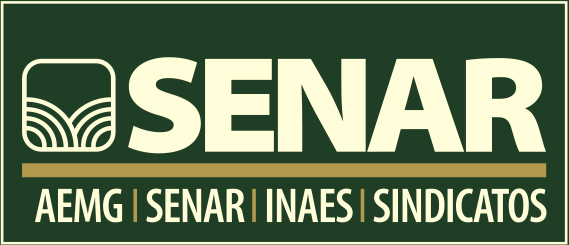Things to Put in a Rental Agreement
As a landlord, one of the most important documents you will prepare is your rental agreement. This document serves as a legally binding contract between you and your tenant, outlining the terms and conditions of the rental agreement. While each rental agreement will vary based on the specifics of your property and your tenant`s needs, there are several key things you should include in every rental agreement to protect yourself and your property.
1. Names and Contact Information
At the top of your rental agreement, you should include the names and contact information of both you and your tenant. This will include full legal names, current addresses, phone numbers, and email addresses. Make sure this information is accurate, as it will be used to communicate with your tenant throughout their tenancy.
2. Rental Term
The rental term is the length of time that your tenant will be living in your property. This should be clearly stated in your rental agreement, whether it be a month-to-month tenancy or a fixed-term lease. If it is a fixed-term lease, make sure to include the exact start and end dates of the lease.
3. Rent Amount and Payment Terms
Your rental agreement should clearly state the rent amount and payment terms. This includes when rent is due, how it should be paid (e.g. check, electronic transfer), and any late or bounced check fees. Be clear about the consequences of missed or late payments and what actions you will take if necessary.
4. Security Deposit
Your rental agreement should also outline the security deposit amount and how it will be used. This includes any damages that may occur during the tenancy and how they will be repaired or deducted from the security deposit. Be sure to follow your state`s laws regarding security deposit limits and use.
5. Maintenance and Repairs
Your rental agreement should specify who is responsible for maintenance and repairs of the property. Generally, landlords are responsible for major repairs and maintenance, while tenants are responsible for day-to-day care. Be specific about what repairs and maintenance are expected of the tenant, such as yard work or regular cleaning.
6. Noise and Other Rules
Your rental agreement should include any rules and regulations that tenants must abide by while living in your property. This may include noise restrictions, pet policies, or smoking policies. Be sure to communicate these rules clearly and provide consequences for violating them.
7. Move-In/Move-Out Inspection
Before your tenant moves in, it is important to conduct a move-in inspection to document any existing damage or issues with the property. Similarly, when the tenant moves out, you will need to conduct a move-out inspection to assess any damages that occurred during their tenancy. Be sure to include a section in your rental agreement outlining this process.
By including these key items in your rental agreement, you can protect yourself and your property from potential issues. It is also important to have an experienced attorney review your rental agreement to ensure that it complies with all applicable laws and regulations.
Comentários fechados.



